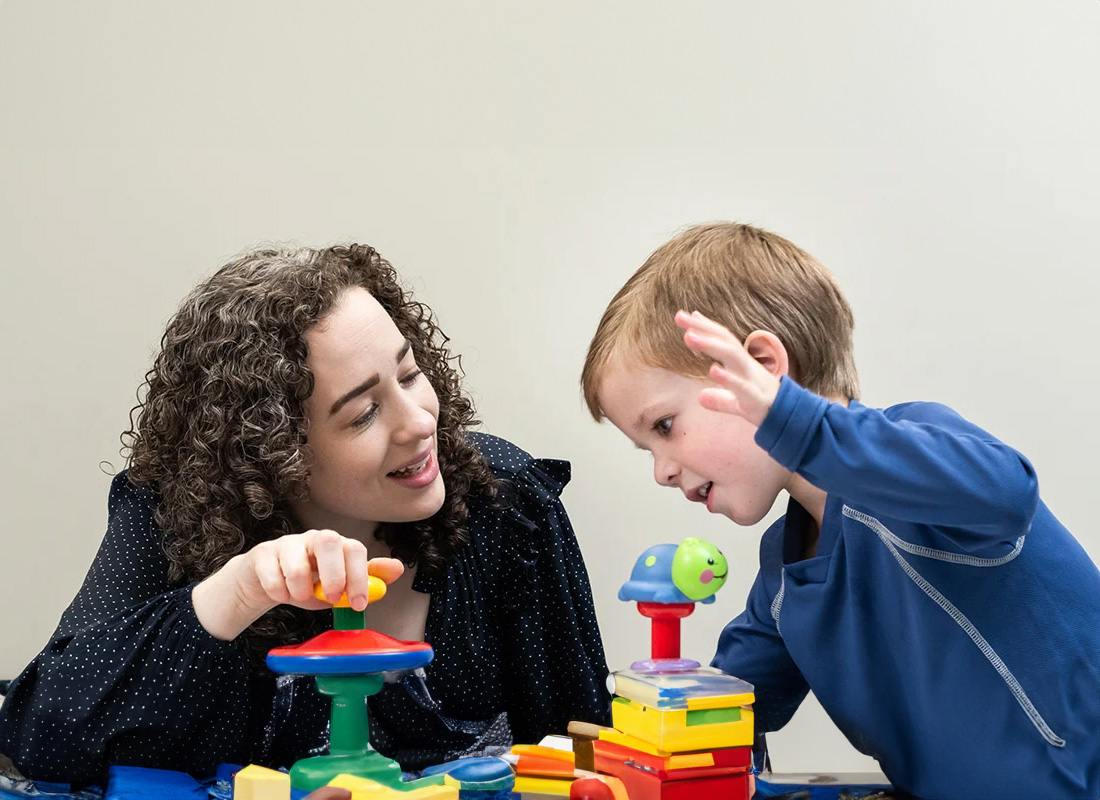Search
Research
The ORVAC Trial - A phase IV, double-blind, randomised, placebo-controlled clinical trial to optimise the delivery of RV1 rotavirus vaccine to Northern Territory Aboriginal infantsTom Snelling BMBS DTMH GDipClinEpid PhD FRACP Head, Infectious Disease Implementation Research 08 6319 1817 tom.snelling@thekids.org.au Head,
Research
The PLAN Project (Pregnancy Lifestyle Activity and Nutrition)Susan Prescott MBBS BMedSci PhD FRACP Honorary Research Fellow susan.prescott@thekids.org.au Honorary Research Fellow Susan Prescott is a Professor

Guide our sibling research!

Research
The STAMP RSV ProgramSTAMP RSV is a multifaceted program of work with the single focus to prepare the community for the uptake of new and emerging RSV immunisation strategies by providing the evidence to inform public health policy.
Research
Tissue resident memory T cells: putting cancer cells to sleep and a target for therapyTissue resident memory T cells are cancer killing immune cells that have emerged as key players in immune-mediated control of solid cancers, as well as being markers of prognosis and predictors of response to immunotherapy.
Research
Tonsil organ model to evaluate carriage, disease mechanisms and therapeutic interventions for treatment and prevention of GAS infectionsTonsil organ model to evaluate carriage, disease mechanisms and therapeutic interventions for treatment and prevention of Group A Streptococcal infections.
Research
Using co-design to understand and enhance the experiences of emerging adults with type 1 diabetes and their parents as they transition from paediatric to adult care in metropolitan and regional Western AustraliaKeely Bebbington MClinPsych/PhD McCusker Postdoctoral Research Fellow in Type 1 Diabetes 08 6319 1766 keely.bebbington@thekids.org.au McCusker
Research
Water Quality and the Microbiome Study (TUMS): The effects of chlorinated drinking water on the assembly of the infant gut microbiomeDavid Debbie Desiree Matt Susan Martino Palmer Silva Cooper Prescott BSc PhD BSc BND PhD MBBS, FRACP, MPH, PhD BCA Marketing, BSc Statistics and
Research
Western Australian Child Development Atlas - Phase IDavid Melissa Rebecca Ansell O'Donnell Glauert DipTeach BEd PGD H Science MPhil MPA BPsych (Hons), MPsych, GradDip Ed, PhD BPsych (Hons) PhD Honorary

Fill out this form to receive more information about PACT online training.
